John Hurrell – 4 June, 2015
Dashper's quickly made paintings explore the art of improvisation, especially the cumulative processes of painterly markmaking and clusters of pen and ink lines, stashed in piles. They also riff off found shapes provided by flat plastic drawing tools such as French curves - store bought templates that make certain forms easily repeatable. Though he was known as a ‘conceptualist' these Dashper works are interesting because they celebrate speed in decision making, care mixed with a little impulsiveness.
In this modestly sized, carefully hung, selection of late eighties Julian Dashper works we discover four smallish paintings and an installation of twenty slide sets, a line of square plastic folders and enclosed transparencies arranged along the long wall next to Lett’s office. Three of the paintings are in the bay on the opposite side and the other work is on the wall in between.
The paintings on the walls are interesting by way of their format - even before we look at their surface marks. One (Nineteen Eighty Four, 1989) is a painted and drawn on canvas, two (One of the Good Guys (for Bill), 1988; Nut Dust, 1988) are made of painted and drawn on - and cut into - heavy paper, both framed and under glass, and the fourth (The Nude Staircase, 1989) is a painted and drawn on canvas wrapped in thick clear plastic.
Dashper‘s quickly made paintings explore the art of improvisation, especially the cumulative processes of markmaking - via drybrush painting and comblike wipings - and clusters of pen and ink lines, stashed in piles. They also riff off found shapes provided by flat plastic drawing tools such as French curves or spirographs - store bought templates that make certain forms easily repeatable. Though he was known as a ‘conceptualist’ these Dashper works are interesting because they celebrate speed in decision making, care mixed with a little impulsiveness. These decisions that are not agonised over or laboured, nor brainlessly tizzy or frenetic. As compositions they show a steadily contemplative mind in action, but no overt preplanning - while enjoying the sensuality of exuberant colour and texture for their own sake.
The line of slide holders on the long wall, Untitled (Slides 46-65), 1980-90, is a sort of 7 metre frieze made from storage equipment. These sheets of practical documentation reference career strategy and the artist’s need to have popular images circulated amongst the influential. The enclosed slides represent specific stages in Dashper‘s considerable corpus - only a selection - with six folders at the righthand end having the same (‘hit single’) image repeated twenty times in each. The work represents a condensation of a varied range of projects, where detail of individual items is subsumed under an expansive concept involving functional sculpture - one that provides pragmatic solutions for communication problems caused by geographic isolation.
Not part of this show, but intimately connected - upstairs in Michael Lett’s small library - is a presentation of five framed Dashper working drawings, again using French curves and templates, and rendered in soft pencil. These designs for projects like possible wall mosaics have annotated notes with detailed colour and textual instructions, and reference not only dates in the 1960s-80s, but also the shapes of Australian and New Zealand initials. An excellent couple of exhibitions for Dashper enthusiasts.
John Hurrell
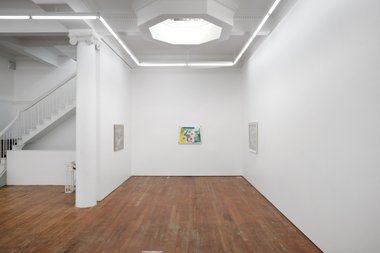
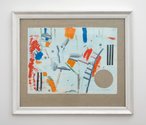
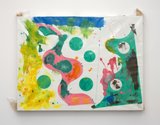
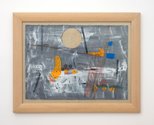
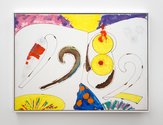
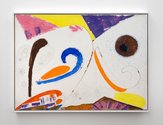
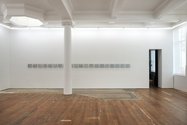
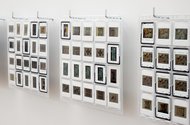
 Two Rooms presents a program of residencies and projects
Two Rooms presents a program of residencies and projects Advertising in this column
Advertising in this column



This Discussion has 0 comments.
Comment
Participate
Register to Participate.
Sign in
Sign in to an existing account.